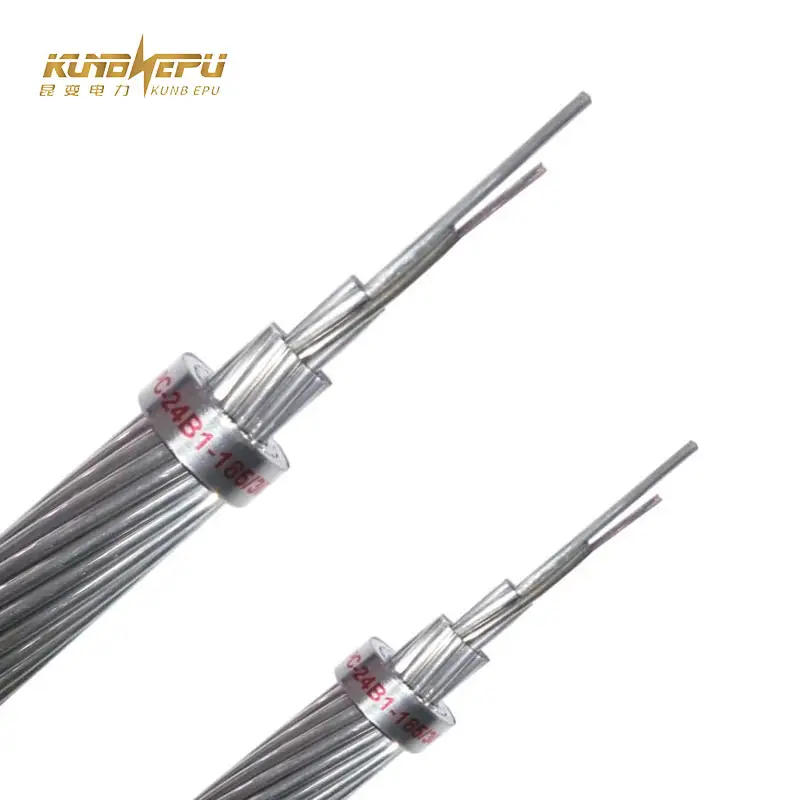Күч трансформатор системалары жерге туташтыруусуз натыйжалуу иштей албайт же коопсуз болбойт. Жабдуулар жана кызматкерлер электрдик кемчиликтерден атайын жерге туташтыруу системасы менен корголгон. Бул блогдо биз жерге туташтыруунун ар кандай функцияларын, алардын күч трансформатор системаларындагы мыкты практикалардын бир бөлүгү болуп саналган себептерин жана башка нерселерди талкуулайбыз.
Баштапкы этапта, жерге туташтыруулар ар кандай кемчилик токторун коопсуз түрдө жерге өткөрүүгө мүмкүндүк берет. Эгер кыска туташуу болсо же кээ бир компоненттер талап кылынган өлчөмдөн ашыкча ток өткөрсө, ошол ашыкча электр энергиясы жерге туташтыруу системасына өткөрүлөт, ошентип компоненттерди зыяндан коргойт жана өрт чыгуу мүмкүнчүлүгүн төмөндөтөт. Бул түрдөгү коргоо трансформатор активдери жана тейлөө кызматкерлеринин коопсуздугу үчүн маанилүү.
Мындан тышкары, жерге туташтыруу жиптери электр трансформатор системасында туруктуу чыңалуу деңгээлдерин сактоого мүмкүндүк берет. Алар электр системасы үчүн шилтеме чекити катары кызмат кылат жана ошентип жабдуулардагы чыңалуу өзгөрүүлөрүнөн келип чыккан бузулууларды минималдаштырат. Туура жерге туташтыруу практикалары трансформатордун өзүнүн дизайнынын чегинде иштеп жатканын камсыз кылат, бул анын иштешин жана узактыгын жакшыртат.
Башка жагынан алганда, жерге туташтыруу жиптерин ишке ашыруу талаптары өнөр жай тарабынан белгиленген стандарттарга жана талаптарга жооп берүү үчүн маанилүү. Электр коопсуздугу коддору бардык электр трансформатор системалары үчүн жетиштүү жерге туташтыруу системасы болушун талап кылат. Мындай чаралар, өз кезегинде, активдерди коргоп гана тим болбостон, бизнеске мыйзамга ылайык келүүгө жардам берет, ошентип айыппулдарды жана төлөм милдеттенмелерин минималдаштырат.
Жерге туташтыруучу жиптердин ЭМИ берүүдөгү натыйжалуулугу орнотулуу максатында колдонулганда абдан жогору. Бир нече электр системалары бири-бирине жакын жайгашкан учурда, ЭМИ маанилүү көрүнүш болуп саналат, анткени ал сезгич электрондук компоненттердин ишенимдүүлүгүнө таасир этет. Жерге туташтыруу системасын туура ишке ашыруунун натыйжасында электр трансформатор системаларынын иштен чыгуу мүмкүнчүлүктөрү азайып, бул инженерлер жана дизайнерлер үчүн эске алынышы керек болгон маанилүү фактор болуп саналат.
Күч трансформатор системаларында жерге туташуу жиптерин колдонуу боюнча талкууну жыйынтыктап, алардын салымы минималдуу деп ойлонууга болот, бирок чындык тескерисинче. Алар системага талап кылынган кемчилик коргоо жана башкаруу, чыңалуу деңгээлин контролдоо, коопсуздук стандарттарына ылайык келүү жана EMIни азайтуу үчүн маанилүү. Ишенимдүү технологияны колдонуу жана үзгүлтүксүз электр энергиясын камсыздоо үчүн өнүгүү муктаждыктары жакынкы келечекте жерге туташуу практикаларын бизнес үчүн көңүл борборуна алып келет.
Умтулган тармактар жана жаңылануучу ресурстардан энергия өндүрүү көбүрөөк көрүнүктүү болуп жатат, бирок заманбап электр системаларына байланыштуу татаалдыкка каршы эффективдүү жерге туташуу системалары керек болот. Бул системалардын динамикасы дүйнө өнүккөн сайын жерге туташуу жиптеринин маанисин жогорулатууда роль ойнойт.


